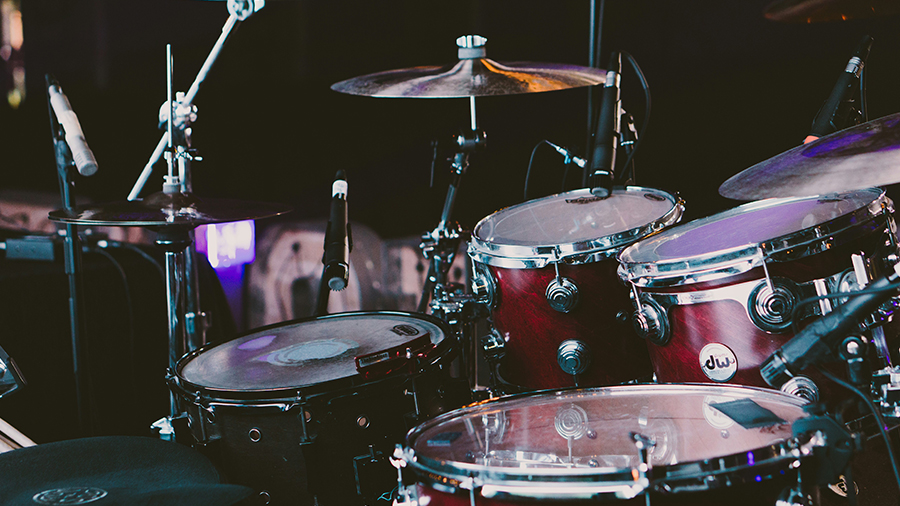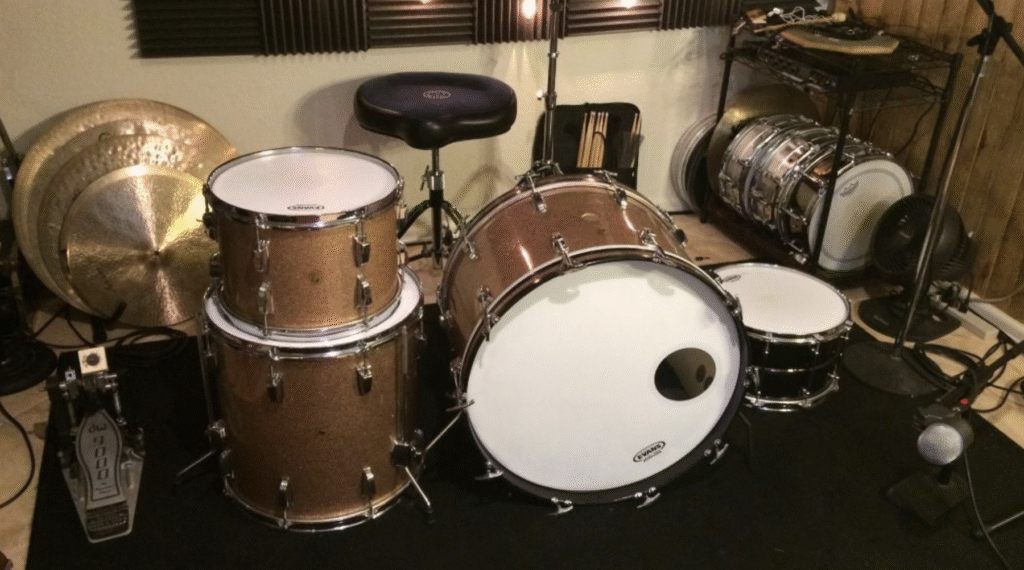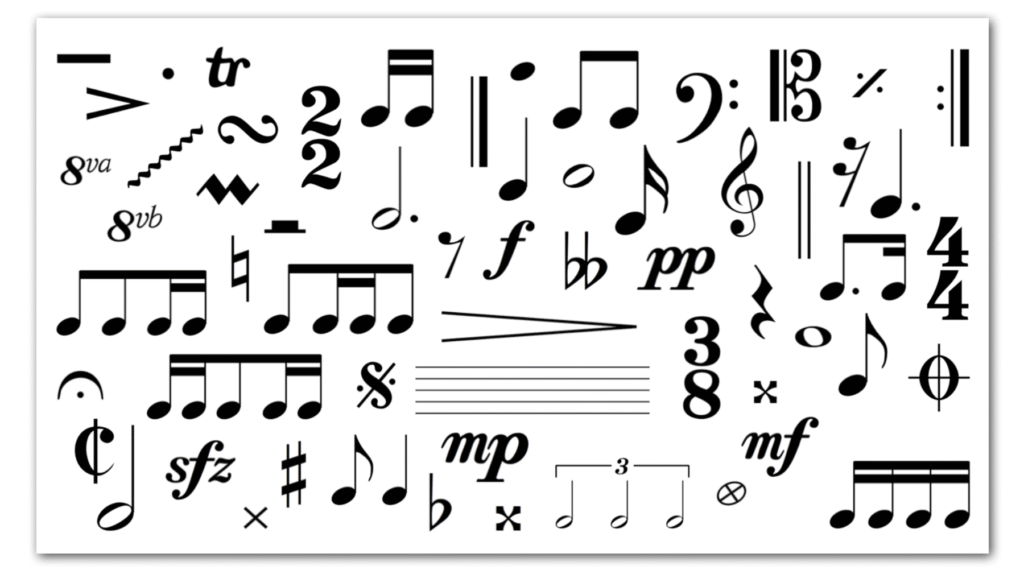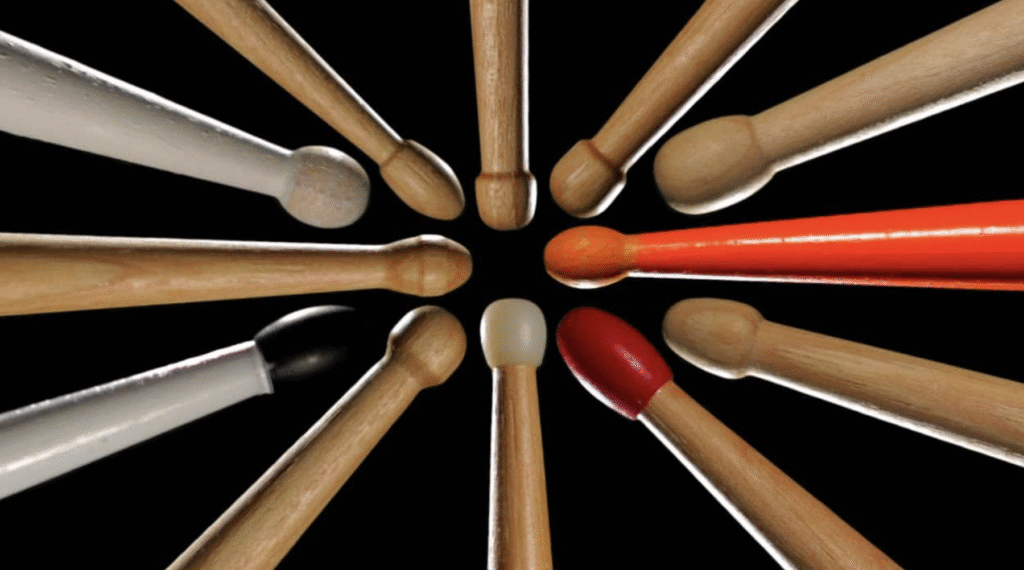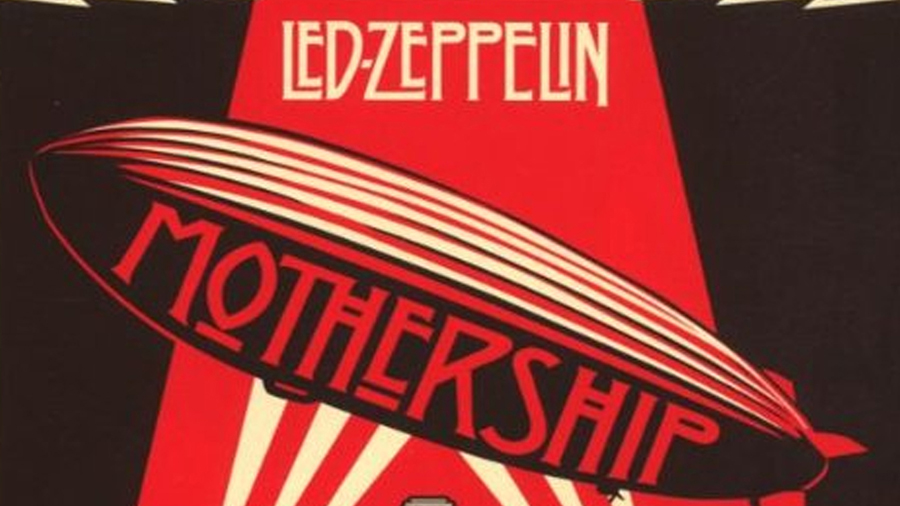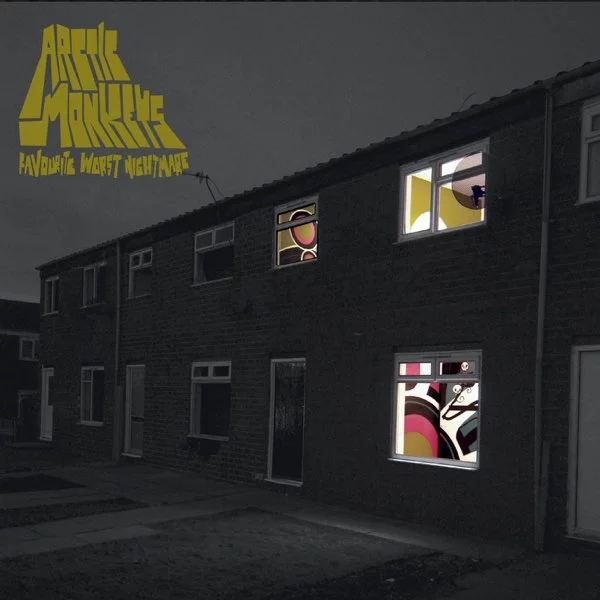The Flam Explained
Here you will find The flam explained. Something every drummer should seek early in their journey. It’s one of the most essential drum rudiments. Even though it sounds simple, mastering it takes practice and control.
A flam involves two strokes played almost at the same time. One is softer and comes just before the louder main stroke. This creates a powerful, full sound that adds flavor to your playing.

This is what The Flam looks like written in drum music. R = Right-hand L = Left hand. The Flam is named after the sound the sticks make as you play it. Once you learn the flam, you can play it in drum fills, solos, and grooves. It adds texture to your playing and is part of a drummers basic vocabulary.
Tips:
- The Flam sounds like it looks; one small note followed by a big note
- Start with your left stick close to the drum skin and your right stick raised – bring your hands down together. Then reverse.
- The flam notes are too close to be two notes but far enough apart not to be one note. Make sure it sound like this.
At Drumnuts, we offer sheet music, and practice resources to help you master every rudiment, including the flam. Check out the drum sheet music for “I Love Rock ‘N Roll” by Joan Jett & The Blackhearts for an example of Flams used in a song. Or visit our partner Kiwidrummer.com for online drum lessons and learn how to play a Flam with a teacher.
What Is a Flam?
A flam consists of a grace note followed by a primary note. The grace note is quieter and played slightly earlier. Together, they sound like one big, accented stroke.
While the two notes are close together, they must not hit at the same time. If they do, it becomes a regular hit—not a flam.
Typically, flams are played with alternating hands. If your right hand plays the main note, the left hand provides the grace note, and vice versa.
Drummers use flams to enhance their rhythms. Whether in a marching line or rock fill, a flam delivers punch and presence.
Why Every Drummer Needs to Learn Flams
Learning flams improves your coordination and control. You develop precision and dynamic balance between hands. That skill carries over into other rudiments and grooves.
In addition, flams give your playing depth. Instead of plain single strokes, you add impact and expression.
Because flams occur in many styles—from jazz to metal—it’s important to make them second nature. Once you have the flam explained clearly, you’ll start to hear it everywhere.
How to Play a Flam Properly
To play a flam, start by raising your primary hand higher than the other. The lower hand delivers the grace note just before the main note lands.
Follow these steps:
-
Lift your dominant hand high.
-
Keep the other hand lower.
-
Drop both hands together, letting the lower hand hit first.
-
The grace note and main note should sound nearly together—but not exactly.
Start slowly. Use a metronome to ensure even spacing. Focus on the sound: a single accented note with a soft echo.
Switch hands often to stay balanced. Both hands should feel comfortable playing either part.
Common Mistakes and How to Avoid Them
Many beginners struggle with flams early on. Here are some common mistakes:
-
Both strokes hit together: This makes it a double-stroke, not a flam. Keep the grace note slightly ahead.
-
Too much space between notes: It shouldn’t sound like two separate hits.
-
Uneven hands: Practicing both sides is essential.
To improve, slow down. Use a mirror or record yourself. That way, you can check hand height and timing.
Additionally, consider practicing on a practice pad. It gives clear feedback and helps you build control without distractions.
Where You’ll Hear Flams in Music
Once you understand the flam explained in context, you’ll notice it in many genres. Marching band drummers use flams constantly. The extra attack makes each note pop in loud, outdoor settings.
In rock, flams show up in dramatic snare fills. Think of intros, build-ups, or even cymbal crashes preceded by a flam. Keith Moon used them often to intensify his dynamic playing.
Jazz drummers like Art Blakey and Max Roach added flams for flavor in solos. The flam helped them play expressively while staying in time.
Modern drummers also use flams in breakdowns, fills, and even ghost note grooves. It’s truly a versatile tool.
Variations of the Flam
Once the basic flam feels natural, try these common variations:
-
Flam Accent: A three-note rudiment that combines flams with accents.
-
Flam Tap: A flam followed by another stroke from the same hand.
-
Swiss Army Triplet: A triplet rhythm that includes a flam and alternating taps.
These advanced rudiments help build speed, control, and musicality. They also introduce you to new sticking patterns.
Because each variation builds on the basic rudiment, it’s essential to master the original first.
Practice Tips for Better Flams
To build perfect flams, consistency is key. Here are helpful practice tips:
-
Use a metronome: Start slow and gradually speed up.
-
Alternate hands: Balance your ability by switching lead hands.
-
Record yourself: Listen for accuracy and timing.
-
Play on different surfaces: Try pads, snare drums, and even pillows.
-
Add flams to grooves: Insert them into basic beats to make practice musical.
Eventually, you’ll be able to play flams in your sleep. But remember, it’s not about speed—it’s about clarity and feel.
Final Thoughts
Now that you’ve had the flam explained, it’s time to add it to your toolkit. This small rudiment delivers big results. Whether you’re playing jazz, rock, or marching music, flams bring energy and life to your drumming.
Don’t rush it. Instead, take your time and focus on sound quality. As you improve, flams will become second nature—and your drumming will instantly sound more professional.

